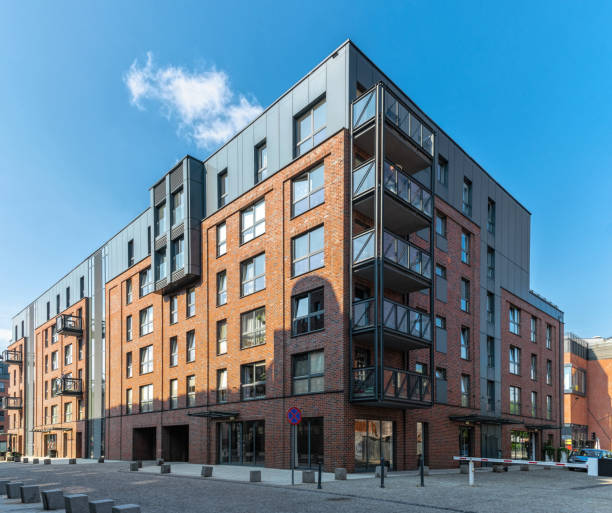If you’ve ever thought of the fundamental unit of measurement in construction and urban planning then you’ve considered how long is a block in feet. The humble block, a common term used to describe a segment of city streets or development areas, plays a crucial role in shaping our urban landscapes.
This price will dive into how long is a block in feet and its average length.
Table of contents
What Is The Average Length Of A City Block In Feet?
The average length of a city block in feet can vary significantly depending on the city and its urban planning. However, in many U.S. cities, a standard city block is approximately 300 feet long. Keep in mind that this is a general guideline and block lengths can be shorter or longer in different urban areas and countries. Urban planners and local regulations play a crucial role in determining block sizes to achieve specific urban design goals and functionality.
Are City Blocks The Same Size In Every City?
City blocks are not the same size in every city. The size of city blocks can vary widely from one city to another and even within the same city. The length and dimensions of city blocks are influenced by a variety of factors, including historical development patterns, urban planning, and local regulations.
In some older cities, you may find smaller, irregularly shaped blocks that developed organically over time. In contrast, newer cities or those with more modern urban planning may have larger, standardized blocks. Additionally, the purpose of the city or the specific neighborhood within it can also affect block sizes.
So, while there are general guidelines for block sizes in certain regions or countries, there is no universal standard, and city blocks can differ significantly in size and shape depending on the location and its unique urban development history.
How Long Is A Block In Feet?
The length of a city block in feet can vary widely depending on the city’s urban planning and location. On average, a standard city block in many U.S. cities is about 300 feet long. However, it’s important to note that this is a rough estimate, and block lengths can range from as short as 100 feet to as long as 600 feet or more in some cases. The actual length of a block is determined by local urban planning and historical development patterns. Different cities and neighborhoods may have different block sizes to suit their specific needs and designs.
Frequently Asked Questions
Why do city blocks vary in size?
City blocks vary in size due to historical development patterns, urban planning goals, and local regulations. Older cities often have smaller, irregularly shaped blocks, while newer cities may have larger, standardized blocks.
How are city block sizes determined?
City block sizes are determined by urban planners, city ordinances, and zoning regulations. Planners consider factors like transportation needs, walkability, and land use when setting block dimensions.
Are city blocks the same size worldwide?
No, city blocks are not the same size worldwide. Block sizes vary internationally due to cultural, historical, and urban planning differences. Different countries and cities have their own standards and traditions.
What impact does block size have on urban life?
Block size can affect transportation, walkability, property values, and the overall feel of a city. Smaller blocks can enhance walkability, while larger blocks may accommodate more extensive transportation systems.
Are there famous examples of unusually long or short city blocks?
Yes, famous examples include Manhattan’s long and narrow blocks and the compact blocks in European cities like Paris and Rome. Each reflects its unique history and urban planning.
Can city block sizes change over time?
Yes, city block sizes can change through urban redevelopment and zoning changes. Cities may adjust block sizes to meet evolving urban needs and development goals.
How does block size affect property values?
Block size can influence property values. Smaller blocks often lead to higher property values because they enhance walkability and accessibility, making amenities more convenient.
What is the relationship between block size and traffic congestion?
Smaller blocks with shorter distances between intersections can help reduce traffic congestion. They provide more opportunities for vehicles to turn, which can improve traffic flow.
Are there standard block sizes for residential, commercial, and industrial areas?
Standard block sizes can vary by land use. Residential blocks may differ from commercial or industrial blocks based on zoning and land development plans. Local regulations dictate these standards.
Conclusions
The length of a city block in feet is not a one-size-fits-all measurement. It varies from city to city, shaped by historical evolution, urban planning objectives, and local regulations. The diverse sizes and characteristics of city blocks contribute to the unique character and functionality of urban areas around the world.
References
- quora.com – How many feet is in a city block?
- thecoldwire.com – How Long Is A Block? (Everything To Know)






